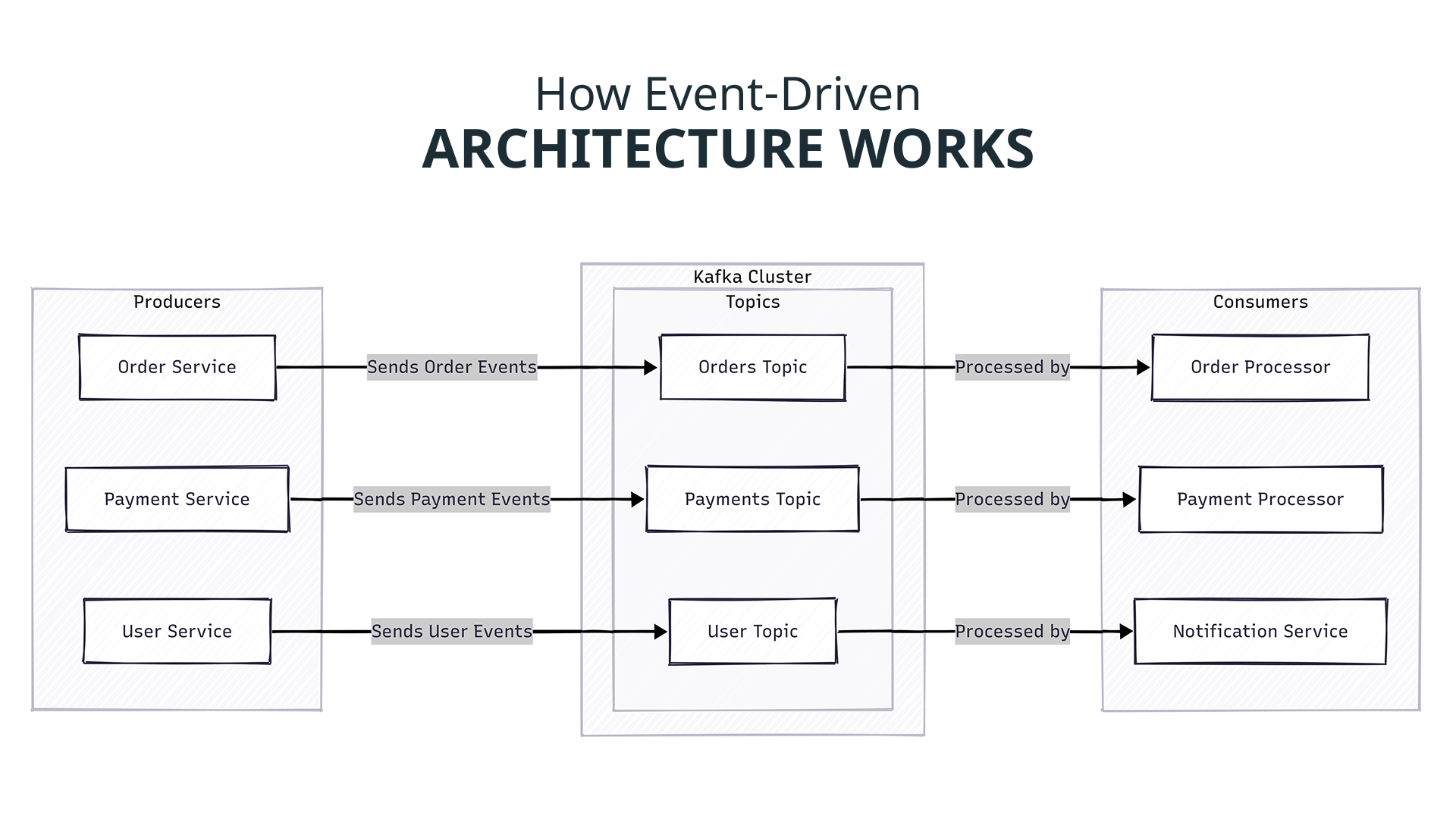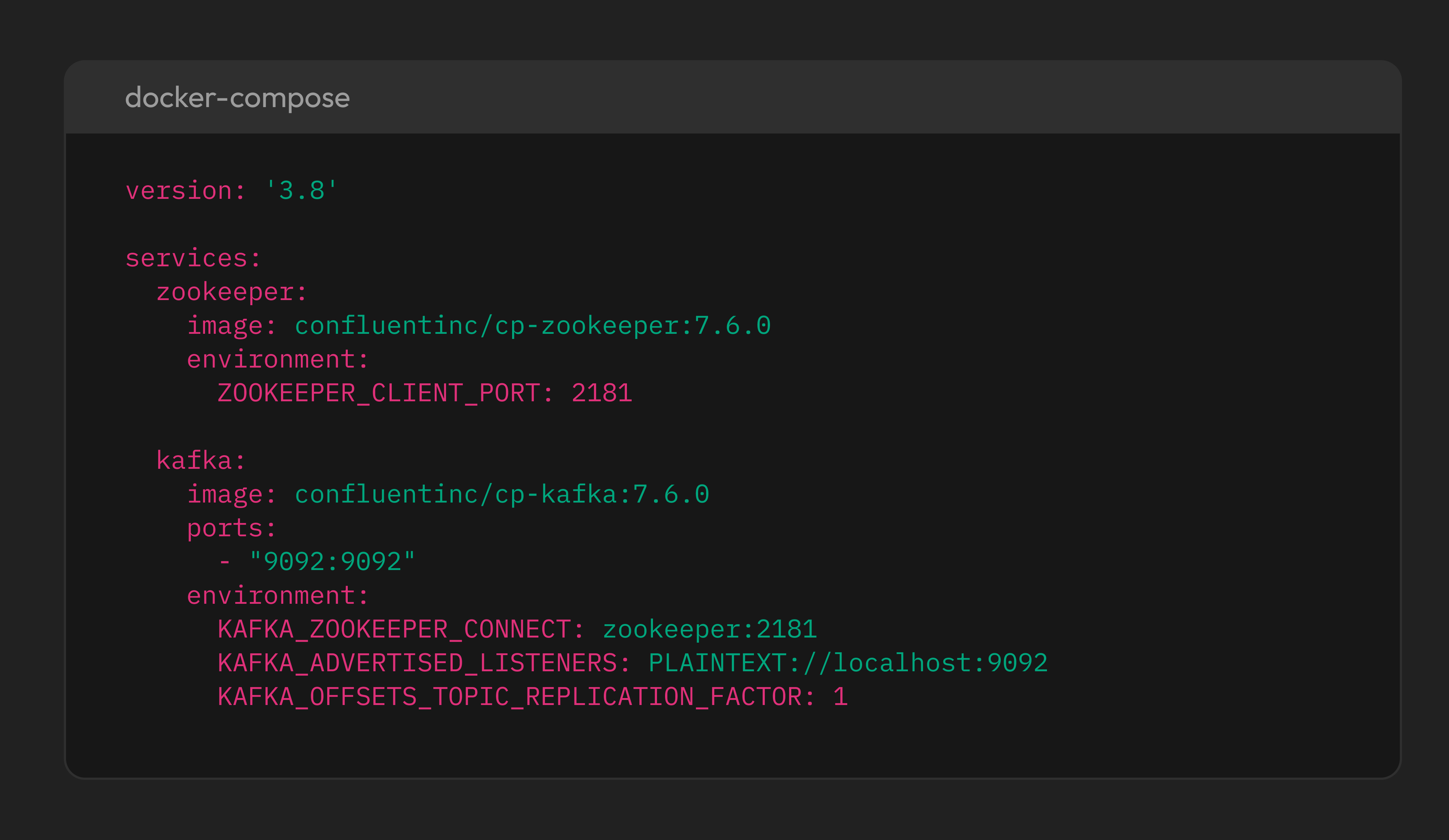


Backend architecture is evolving fast. The days of monoliths and tightly coupled REST microservices are fading as developers demand better scalability, fault tolerance, and responsiveness.
Enter Event Driven Architecture (EDA) a design paradigm that decouples producers and consumers via asynchronous event streams. This enables scalable systems that are reactive by design.
While not a new concept, EDA reached a critical adoption milestone in 2024 due to increasing demands from cloud-native, edge computing, and real-time analytics use cases. In this guide, we’ll break down the fundamentals of EDA, explore top tools and frameworks, and share best practices for success in 2025.
EDA is a software design pattern where system components communicate by producing and consuming events. This promotes loose coupling, asynchronous communication, and reactive behaviors across services.

EDA is a game-changer across many domains:



Run the setup:

Event driven architecture isn’t just a buzzword it’s the bedrock of modern, scalable backend systems. If you’re building microservices, streaming data platforms, or reactive APIs, now is the time to embrace EDA.
Need help on your EDA journey?
Visit Klizos.com for expert-led architecture consulting, dev workshops, and event driven tooling to accelerate your transformation.
Joey Ricard
Klizo Solutions was founded by Joseph Ricard, a serial entrepreneur from America who has spent over ten years working in India, developing innovative tech solutions, building good teams, and admirable processes. And today, he has a team of over 50 super-talented people with him and various high-level technologies developed in multiple frameworks to his credit.

Subscribe to our newsletter to get the latest tech updates.